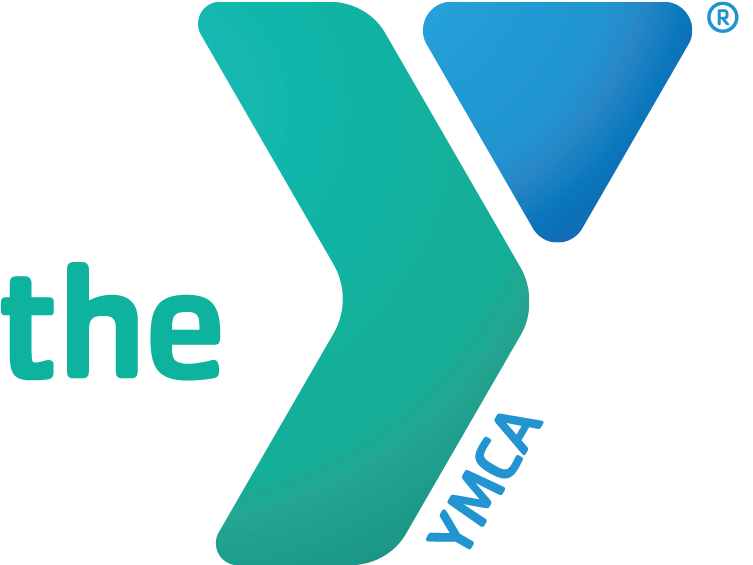Grains: To Eat or Not to Eat?
Carbohydrate consumption, especially from grains, is a hot topic in today’s nutrition world. So, what’s the deal? Should we eat grains and grain products or not?
All grains are not created equal. Well, perhaps they are created equal, but the nutrient composition of grains is altered when processed and refined. Whole grains contain all three parts of the grain: Bran, germ, and endosperm. The bran is the outer shell of the whole grain kernel and is rich in fiber, B-vitamins, and trace minerals. The germ provides nourishment for the seed… and for us! Vitamin E, antioxidants, and more B-vitamins are provided by the germ. The endosperm provides energy in the form of carbohydrates and also contains some protein. Carbohydrates is the first-line energy source for our bodies.
Humans need B-vitamins to process energy. When we consume refined grains, we are eating the endosperm (energy source), but the bran and germ have been removed. Manufacturers of refined grain products add some B-vitamins back in, but why remove them in the first place? Also, the fiber from the bran is removed in the refining process.
So, what’s the deal? Let’s make at least half of our grains whole. The B-vitamins provided by the bran and germ will help process the energy provided by the endosperm. The fiber from the bran will benefit our digestive systems, heart health, blood sugar management, and help us feel satisfied after a meal. Examples of whole grains include whole wheat, brown/wild/pink rice, quinoa, oatmeal, barley, bulgur, rye, cornmeal, millet, sorghum, teff, and popcorn (light on the butter, please!) Need to eat gluten-free? Not a problem. There are plenty of whole grain selections that do not contain gluten: Rice, quinoa, cornmeal, millet, sorghum, teff, and certified gluten-free oats.
Want to control carbohydrates for weight management purposes? The USDA MyPlate model encourages limiting grains to ¼ of the plate; this is an easy approach to moderating carbohydrate intake and the calories provided by grains.
References:
USDA “Team Up At Home” Team Nutrition Activity Book
“How Can It Be Gluten Free?”, America’s Home Test Kitchen
Cookbook Collection
Healthy for Life, American Heart Association curriculum


